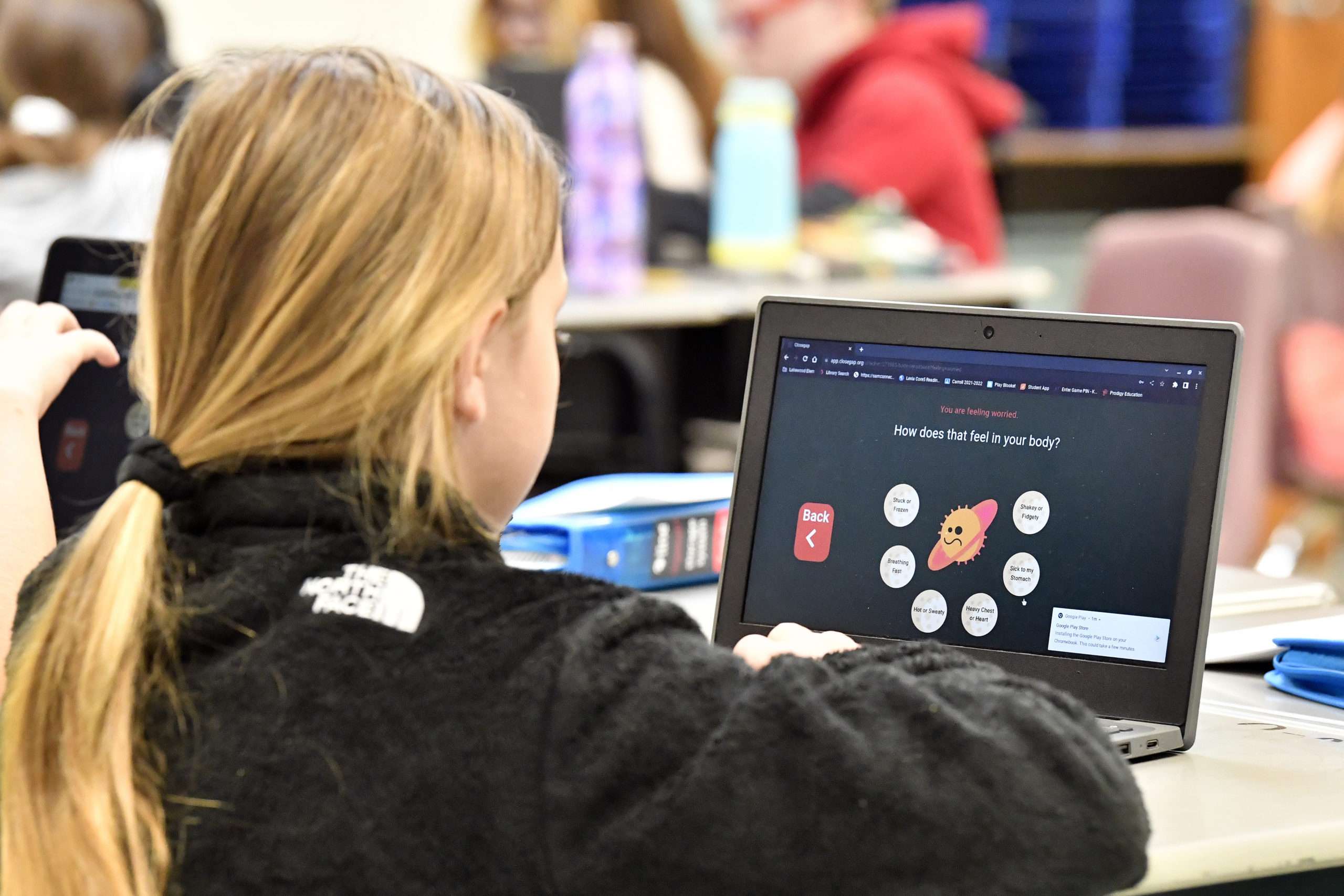Back-to-school inflation: Latest price data on backpacks, laptops and kids’ clothes offers some relief for parents

As summer draws to a close, it is time for many to think about back-to-school shopping, such as notebooks, backpacks and new clothes.
As an economist who has studied consumer prices for years, I wondered how soaring inflation was affecting the costs of typical back-to-school gear.
Consumer prices rose by about 8.5 percent in July from a year earlier, according to the latest data released on Aug. 10, 2022. But this figure is only an average. The price of some items, like airline fares and gasoline, has jumped a lot more than that, while the cost of other items, like the price of televisions and phones, have fallen.

Brooklyn Boro
View MoreNew York City’s most populous borough, Brooklyn, is home to nearly 2.6 million residents. If Brooklyn were an independent city it would be the fourth largest city in the United States. While Brooklyn has become the epitome of ‘cool and hip’ in recent years, for those that were born here, raised families here and improved communities over the years, Brooklyn has never been ‘uncool’.